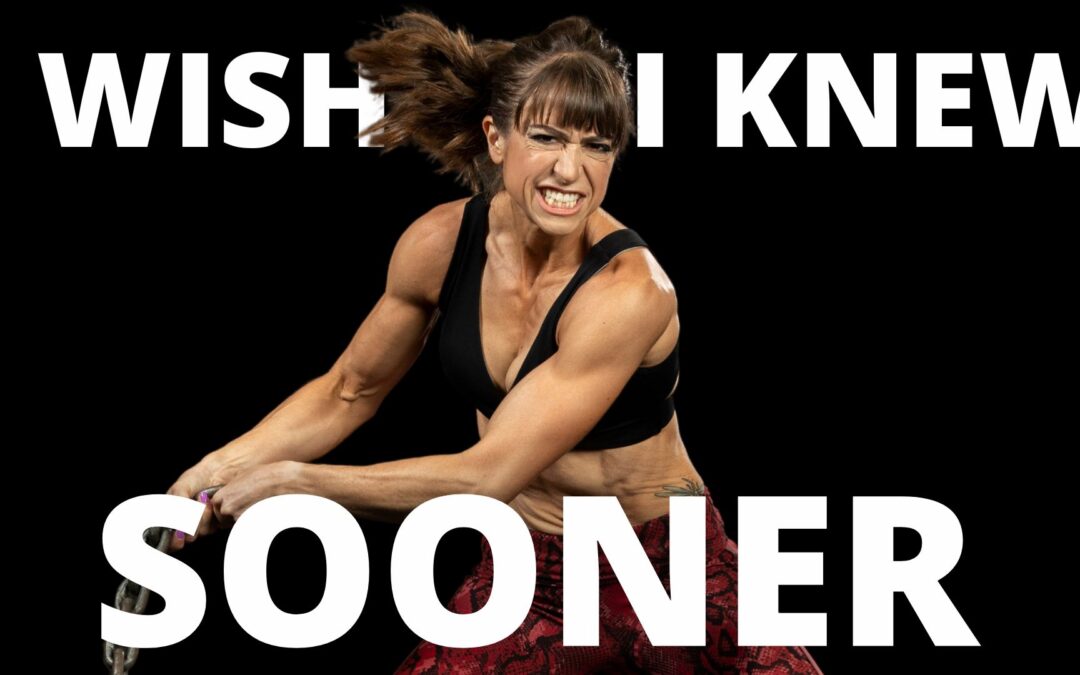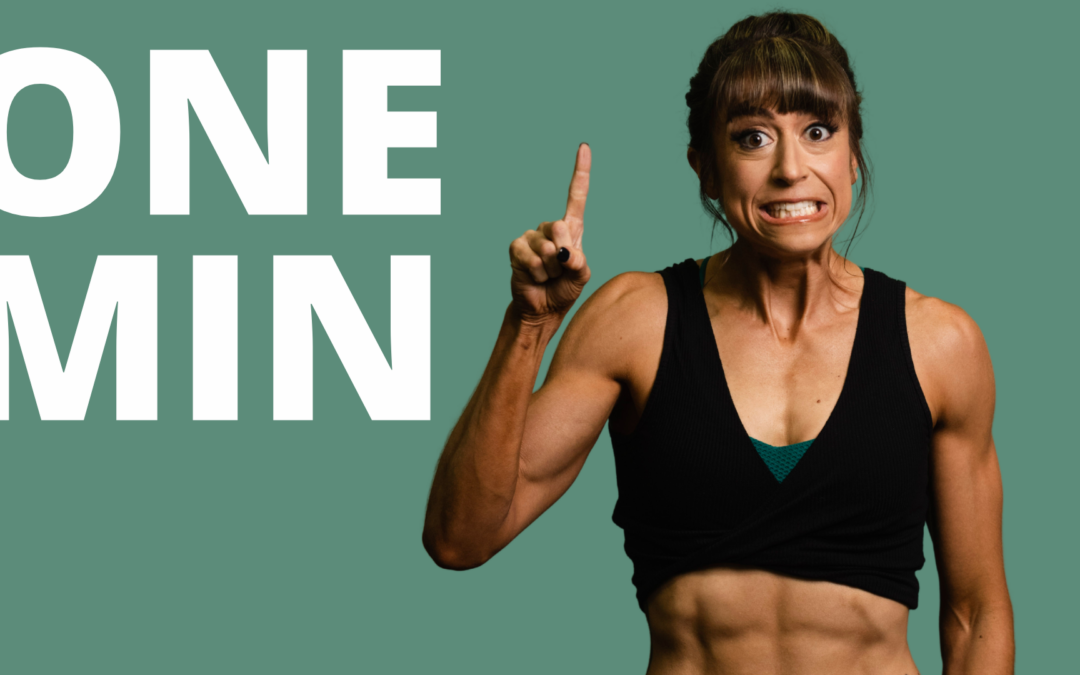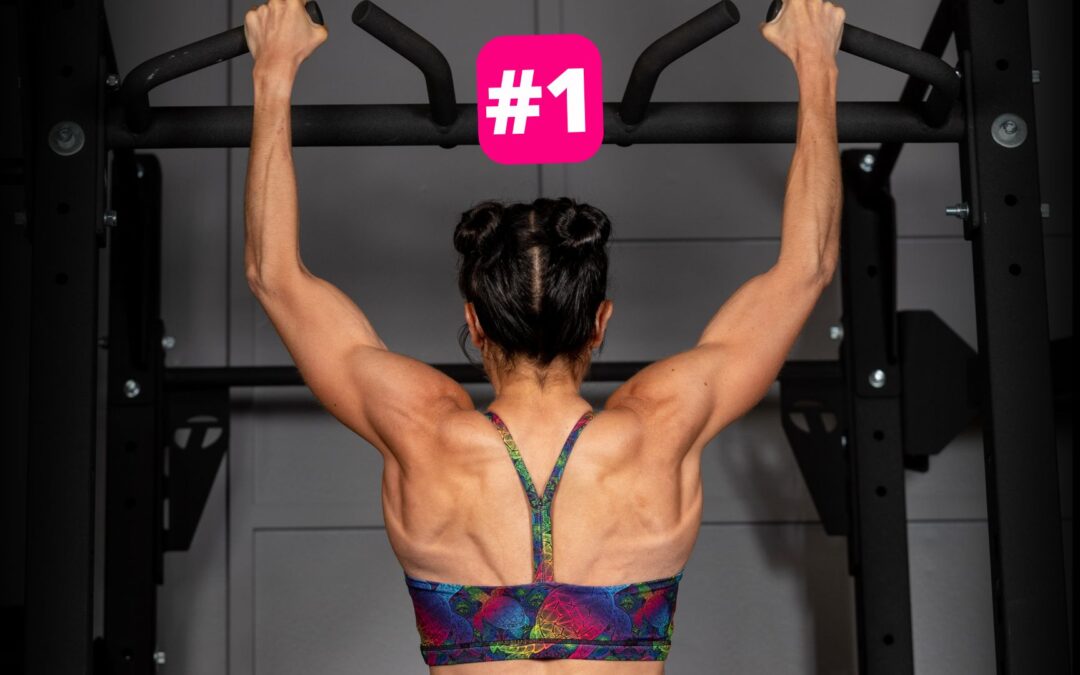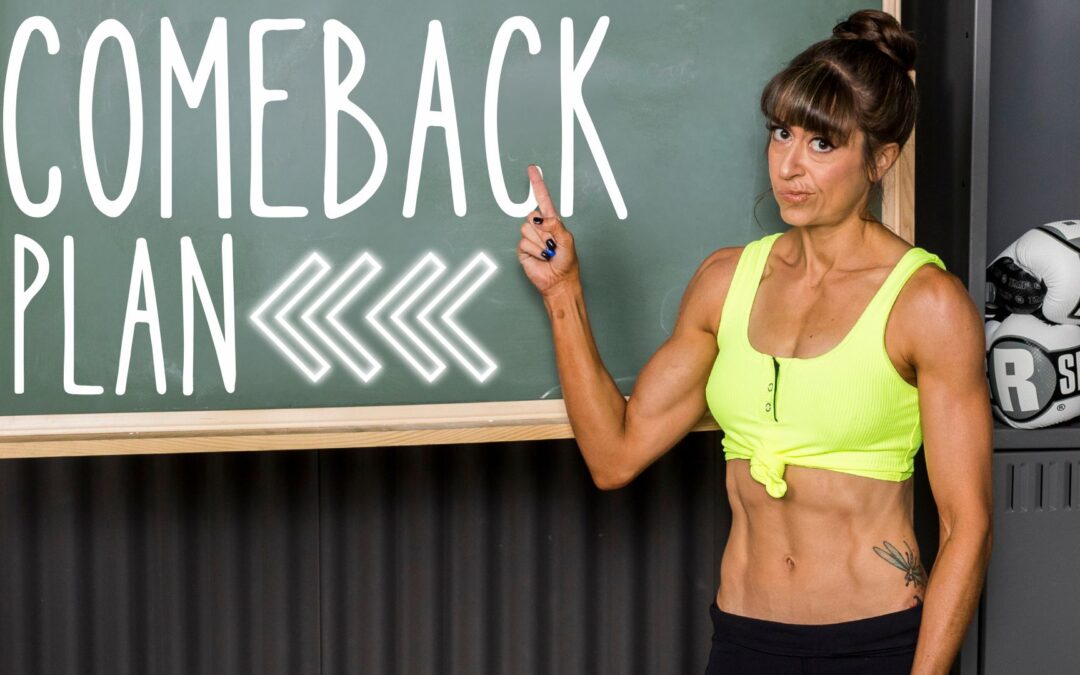
by Cori Lefkowith | Oct 20, 2024 | Blog, Diet, Exercises, Functional Fitness, Mindset
I’m not even going to waste your time with an intro…Here are 10 Unique Healthy Habits I Wish I’d Started Earlier…. Habit #1: Stop labeling foods as good and bad. I pressured myself to eat clean…in a whole host of different variations for the longest time and sabotaged...

by Cori Lefkowith | Oct 13, 2024 | Blog, Diet
The changes we least want to make are the ones we need the most. And often we already know the answer to the question of “What diet changes do I need to make to see results?”…we just need to be REMINDED of what to do. We need to be reminded to take our ego out of the...

by Cori Lefkowith | Oct 8, 2024 | podcast
LISTEN HERE 7 WATCH HERE 7 TRANSCRIPT 7 OPEN TRANSCRIPT Speaker 1 (00:00):Hey guys, this is Cori from Redefining Strength. Welcome to the Fitness Hacks Podcast. This is the show where I share all my free workout and nutrition tips. I’m not going to ever fill...

by Cori Lefkowith | Oct 6, 2024 | Uncategorized
So you want to achieve your first pull up and quickly build up to even double digits…. Then pull up practice is a must! The only problem is, you can’t just keep practicing the same assisted pull up variation if you want to progress. Ever even notice how, when you work...

by Cori Lefkowith | Sep 29, 2024 | Blog, Exercises, Functional Fitness, Pain Relief, Workouts
Starting back to working out is HARD. It’s easy to do too much too fast and prevent ourselves from getting into a routine or even end up injured. It’s hard to regress to progress and even check our egos to do less than we were doing before. But meeting ourselves where...






